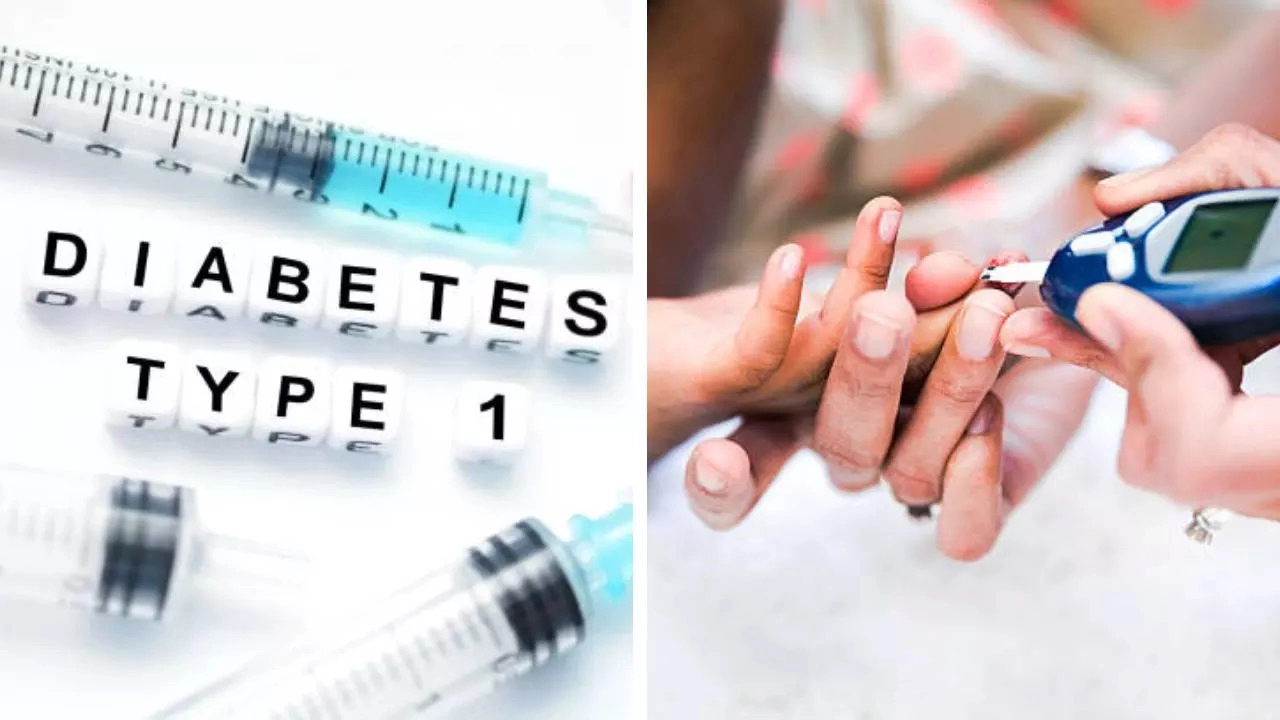Ashima Sharda Mahindra • 27 Sep 2024
Stem Cell Therapy Achieves World's First-Ever Reversal For A Young Woman’s Type 1 Diabetes

The 25-year-old from Tianjin is the first person with the autoimmune disease to be treated using cells that were extracted from her own body
A young woman with type 1 diabetes has started producing her insulin less than three months after receiving stem cell therapy - a regenerative medicine that uses stem cells to treat or prevent disease or injury. The 25-year-old from Tianjin in China is the first person with the autoimmune disease to be treated using cells that were extracted from her own body.
“I can eat sugar now,” she told Nature. After more than a year of the transplant, the woman said she started “eating everything, especially hotpot.” The woman asked to remain anonymous to protect her privacy.
Experts have expressed happiness as well as astonishment at the results. “They’ve completely reversed diabetes in the patient, who was requiring substantial amounts of insulin beforehand,” said Dr. James Shapiro, a transplant surgeon and researcher at the University of Alberta in Edmonton, Canada.
How was the surgery done?
According to the study, published in the journal Cell, doctors followed results from a separate group in Shanghai, who reported earlier this year that they had successfully transplanted insulin-producing islets into the liver of a 59-year-old man with type 2 diabetes. Doctors said the islets were derived from reprogrammed stem cells that were taken from the man’s own body.
Since then, scientists informed that the man has stopped taking insulin.
Thereafter, the same procedure was performed on the woman in June 2023 in a surgery that lasted less than half an hour. Doctors injected the equivalent of roughly 1.5 million islets into her abdominal muscles, a new site for islet transplants. Usually, islet transplants are injected into the liver, where the cells cannot be observed. However, placing them in the abdomen helped the doctors to monitor the cells using magnetic resonance imaging, and potentially remove them if needed.
Doctors said the efficacy of islets was earlier tested on mice and non-human primates.
According to Nature, a handful of pioneering trials have been conducted using stem cells to treat diabetes - which affects close to half a billion people worldwide. Most of them have type 2 diabetes, in which the body does not produce enough insulin or its ability to use the hormone diminishes.
Around three months after the surgery, doctors say the woman's body started producing enough insulin to live without any top-ups, and she sustained that level of production for more than a year. Since then she has stopped experiencing the dangerous spikes and drops in blood glucose levels, which remained within a target range for more than 98 per cent of the day.
How does stem cell transplant work for diabetics?
According to experts, Islet transplant - a procedure that involves transplanting islet cells from a donor pancreas into a recipient's liver to help produce insulin for regulating blood glucose levels, helps treat the disease. However, doctors say there are not enough donors to help meet the growing demand, and recipients must use immune-suppressing drugs to prevent the body from rejecting the donor tissue.
Stem cells can be used to grow any tissue in the body and can be cultured indefinitely in the laboratory – meaning they potentially offer a limitless source of pancreatic tissue.
Get Latest News Live on Times Now along with Breaking News and Top Headlines from Health and around the world.